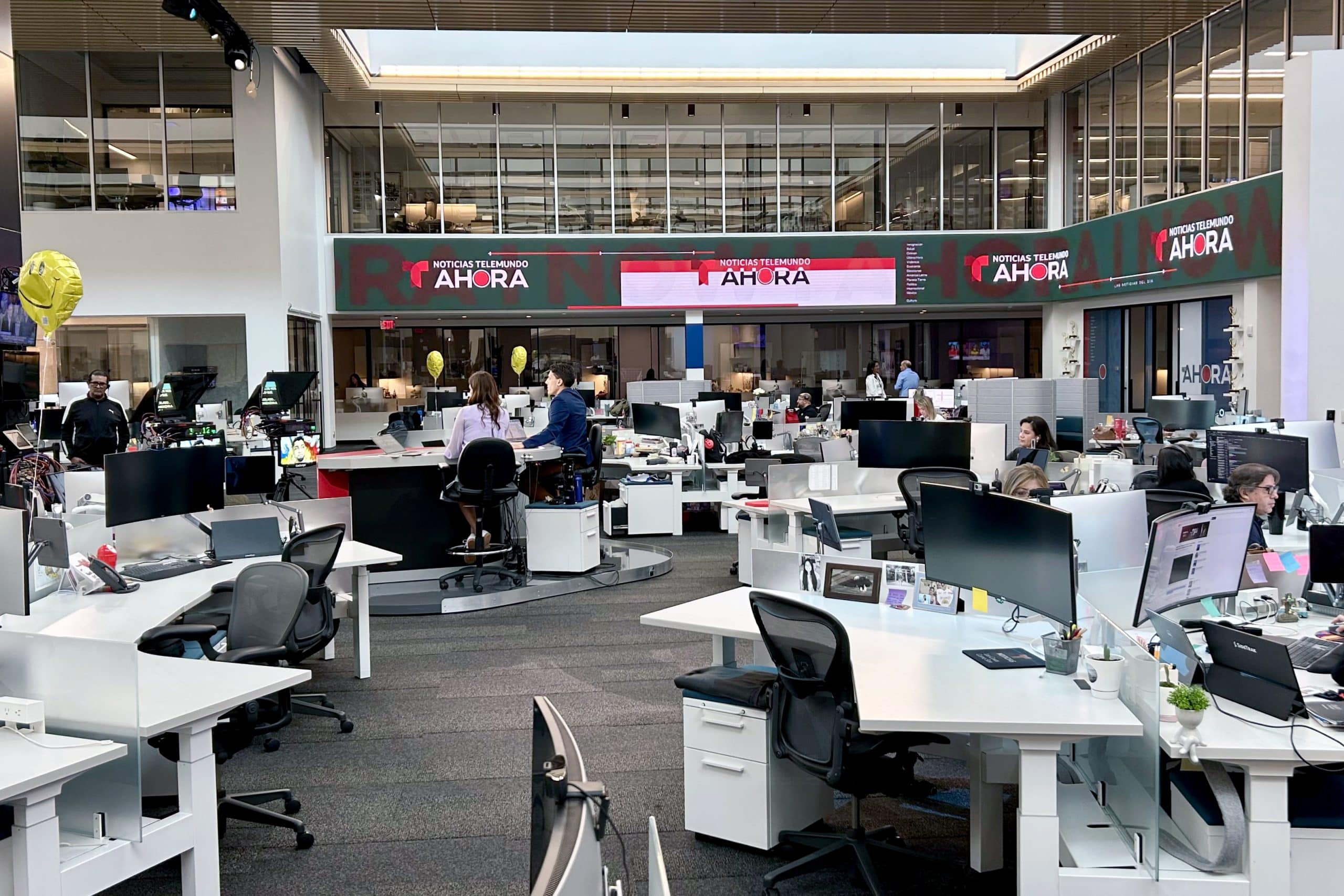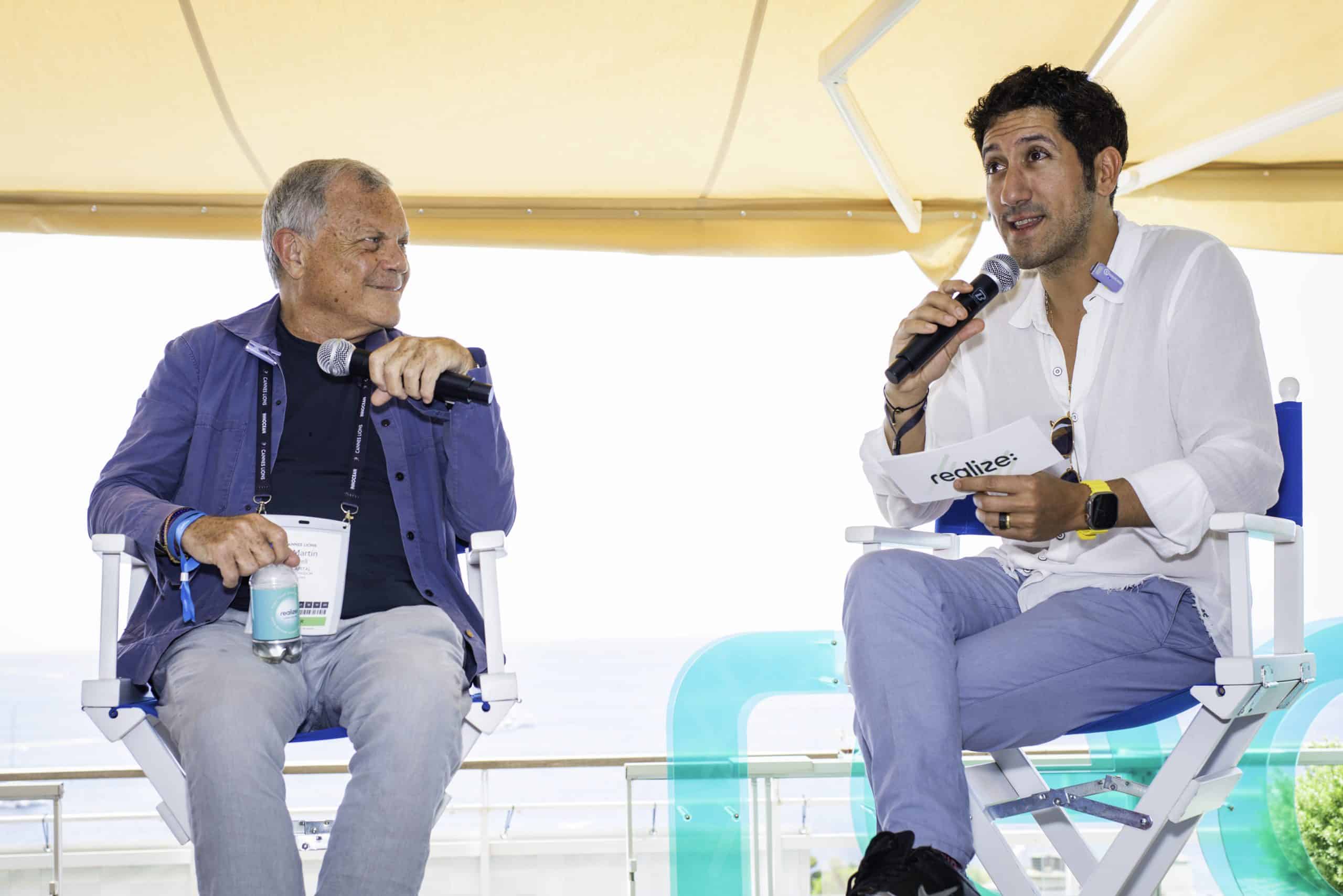There is a problem with the open web experience as it is today—and mobile, in particular, feels at times as chaotic and disorienting as Times Square signage at night.
It’s filled with too many widgets and ad experiences. They appear at the top, pop up in the middle, and overlay the bottom, each with their own user experience (UX) and their own goals—leaving publishers with little real estate on their page, while brands don’t get to choose what experience they’ll be placed next to. Understandably, people read one or perhaps a few articles, and click “back” to their social feed. In many cases, I can’t blame us all for escaping as fast as we can.
This situation is not sustainable as the internet is moving rapidly to the limited confines of a 4.5-inch mobile screen.
Does the future for publishers have to economically shrink as the available real estate does? I hope not. I believe that publishers should have opportunities to double or even triple their revenue and that brands can, in parallel, find scalable and safe environments to invest and grow.
To help accomplish this vision, we asked ourselves—who is doing an amazing job capitalizing on mobile today? The answer was obvious—from a UX perspective, social companies are doing a remarkable job. Facebook, Twitter, and Instagram are rendering “cards” in a feed type experience, where Facebook alone gets people to scroll and engage with content for nearly an hour every single day according to the NYTimes.
“Today, we are announcing that we are bringing a feed-inspired experience to the open web.” – Adam Singolda, CEO, Taboola
Today, we are announcing that we are bringing a feed-inspired experience to the open web.
The principle behind it is simple: Every page on the web should surface a dazzling variety of interesting and personalized experiences, in a consistent user interface (UI), enabling consumers to linger, scroll and enjoy. Hopefully, people will spend not just 30 seconds, but 30 minutes on a publisher’s site—reading lots of content, scrolling through interesting experiences, sticking around for more.
We are 10 years into our journey at Taboola, and a lot has changed. This is our biggest product announcement so far. It completely morphs our traditional widget presentation, as well as other formats on the page, into a single, beautiful, intuitive, inspiring feed. A feed that unfolds and unfurls engaging and relevant experiences.
“Taboola Card Store”—People Should Discover Anything, and Now They Can
With Taboola Feed, at the natural conclusion of an article, you seamlessly transition to the world we have created for our publishers and advertisers. You will organically discover a range of cards and information, all smart and meaningful—some generated by us, some from publishers, some by brands, and some from third-party companies who can now develop “cards” that our publishers can integrate into their feeds—things like weather cards, or newsletter cards, commenting, interactive polls and others.
Think of it as a ‘feed operating-system’, where publishers can fully control and decide which experiences or cards they want in their feed, how many should surface their own content, how many should surface promoted ones, and which should show third party cards from the “Taboola Card Store.”
The End of the Widget Economy—Welcome to the Streamline Economy
The widget economy, where dozens of companies rendered experiences on publishers sites in different shapes and colors, was an important step forward. I don’t want to knock it.
It allowed us all to address the scary de-monetization of content faced by publishers. The downside was that publishers had to think of themselves as real estate companies—optimizing for every pixel to drive the highest yield.
Now with Taboola Feed, our hope, is to embark on the beginning of a new ‘streamlined economy,’ rendering things in a consistent card UI that’s scrollable and personalized so that people see the cards and information they want to see. If we do a good job, we’ll get a shot at winning people’s attention, getting them to stick around, read more content, watch more videos, and help monetize the quality stories publishers work so hard to write.
The New York Daily News was the first to beta test Taboola Feed on both mobile and desktop pages, and they’ve seen fantastic results—an uplift in revenue of 26 percent, and engagement of 40 percent on mobile.
“User behavior evolves as digital environments evolve,” said Grant Whitmore, Executive Vice President, Digital, at New York Daily News.
“Social media platforms have accustomed readers to the behavior of continuous-scrolling. The Taboola Feed mirrors that experience and brings an engaging environment to each article page that was previously only available on social media.”
I’m particularly humbled to have the chance to work with Grant and the team at New York Daily News on the next evolution of the open web, and I’m confident the presentation of the open web will continue to evolve, as well as I think there is a lot to learn from social companies about how to keep people engaged.
If people scroll on publisher sites, there is a big opportunity to drive video growth.
While traditionally publishers could embed one video at the top of the page, in the middle or on the right rail, with a feed experience, as people scroll, there is a massive opportunity for people to enjoy many videos, and publishers to build a real video business.
This is important too, to truly drive mobile monetization for publishers, I believe video will become an important driver—so it’s important to create a world where people can watch videos sequentially—the same way they enjoy now on social networks.
With Taboola Feed we think we have cracked the code on video.
Brands love this experience too—it’s safe and scalable.
While these benefits I mentioned can hopefully be big news to publishers, the impact of Taboola Feed also extends to brands—who now have an opportunity to reach an audience in a proven format consumers love, like carousels, videos, app downloads, polls, and more, while still being adjacent to brand safe and premium quality editorial content.
Putting the Vision to Work. The Feed.
We still have a long way to go to keep the web truly open, but it’s important we make big steps. We start by putting people at the center and providing experiences they want to interact with. If we do that right, we’ll have many opportunities to engage consumers with the publisher’s own content, as well as drive meaningful revenue opportunities.
Imagine if every page on the internet had a feed at the bottom, keeping people on publishers’ sites a lot longer, interacting with content a lot more—a feed that brought them personal, relevant, and intuitive targeted content that kept them involved and engaged. Wouldn’t that be amazing? We hope so!
Taboola Feed.
With Taboola Feed, I believe we’ve made a big step in building an impactful and engaging platform for people to experience on the open web.
Taboola is the world’s leading content discovery platform, serving 360B recommendations to over 1B unique visitors each month on the web’s most innovative publisher sites. To learn more about how Taboola can help you A/B test your site content, contact us.



